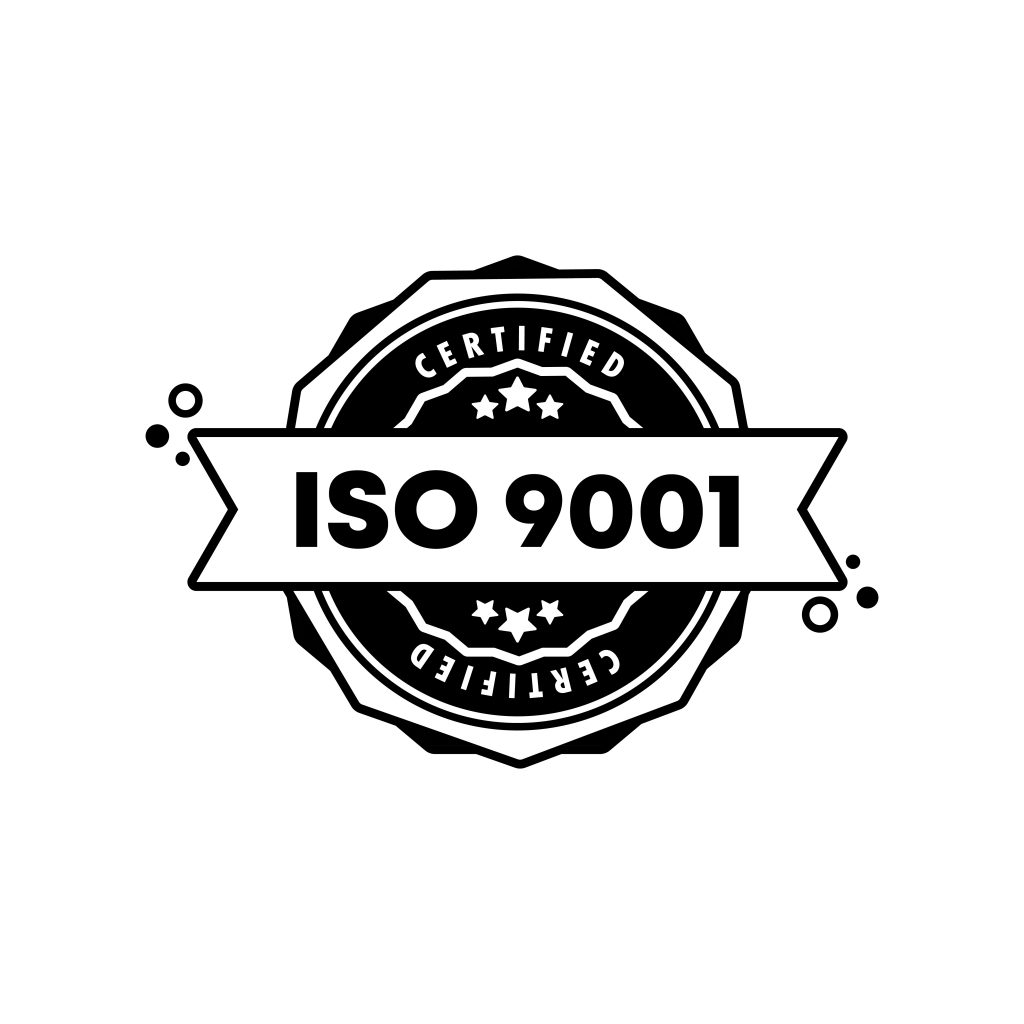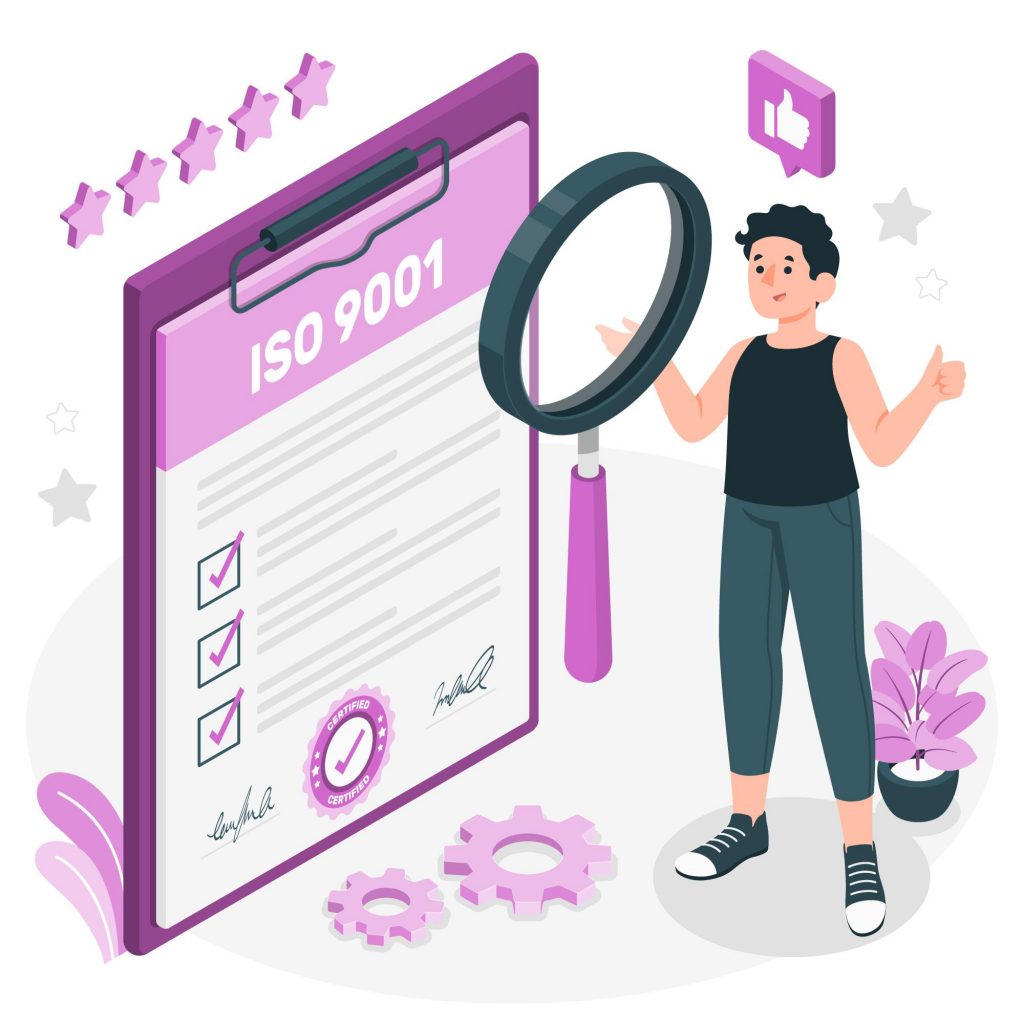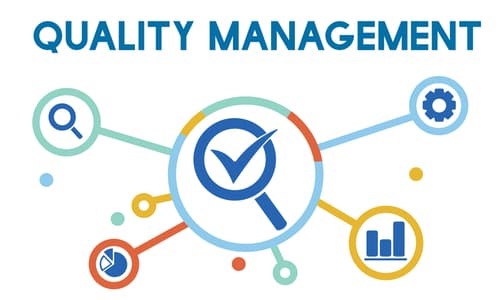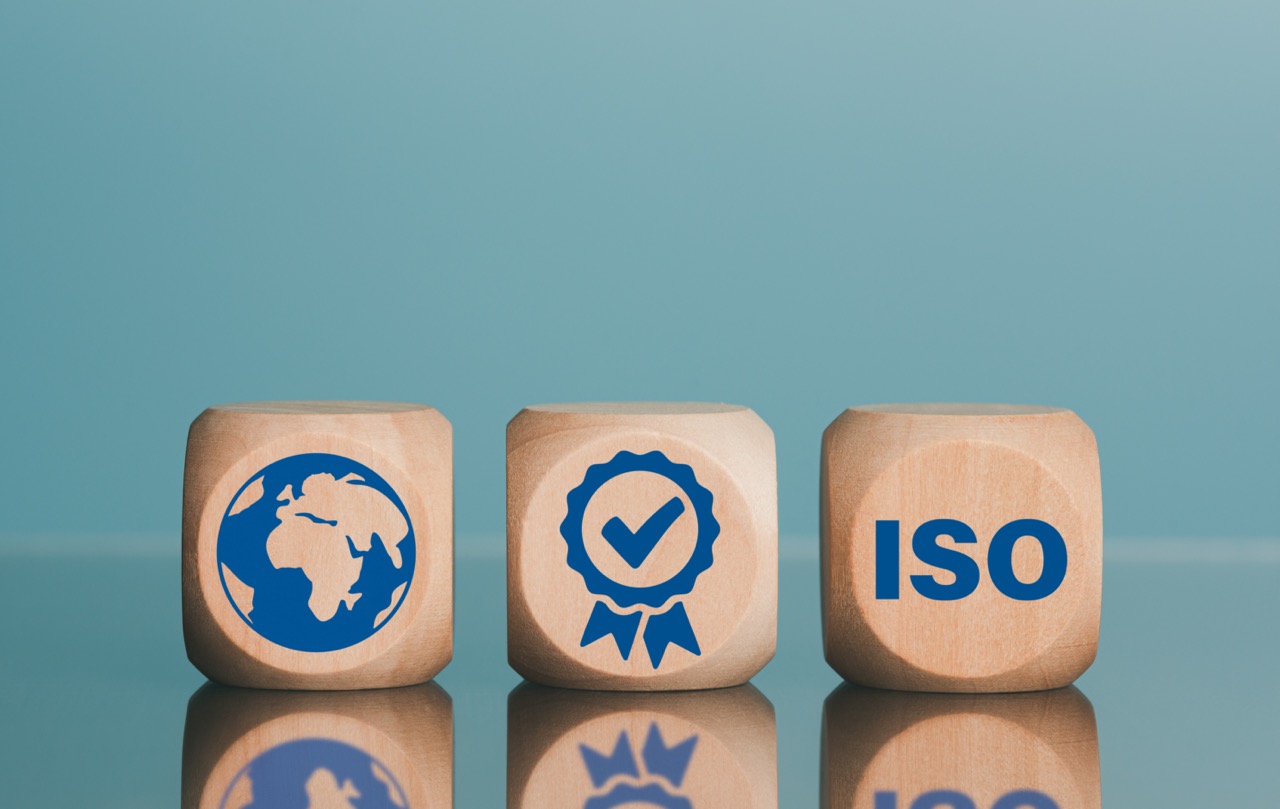In the world of quality management, understanding and adhering to ISO 9001 standards is paramount. Clause 4 of ISO 9001 holds a special place in the standard, as it lays the foundation for a robust Quality Management System (QMS). This clause is all about setting the stage by identifying the needs and expectations of interested parties, defining the scope of your QMS, and establishing the essential processes that drive quality. In this article, we’ll delve into the key requirements of Clause 4 and why they matter for your organization. Let’s begin this journey to unravel the significance of Clause 4 in ISO 9001.
Table of Content
- Clause 4.1 – Understanding The Organisation And Its Context
- Clause 4.2 – What are the needs and expectations of interested parties?
- Clause 4.3 – How to determine the scope of the quality management system?
- Clause 4.4 – Why determination of Quality Management System and its processes is so important
- Conclusion
Clause 4.1 – Understanding The Organisation And Its Context

Internal And External Factors That Affect QMS
In the intricate landscape of quality management, the effectiveness of a Quality Management System (QMS) is intricately woven with a multitude of internal and external factors. These factors, like threads in a tapestry, intricately shape the performance, reliability, and adaptability of a QMS within an organization. From the inner workings of company culture and processes to the broader influences of market dynamics and regulatory landscapes, understanding and navigating these diverse influences is pivotal in orchestrating a resilient and responsive QMS. Delving into the realm of quality management unveils a complex interplay of these factors, each wielding its own influence on the efficacy of the QMS.- Legal requirements: Changes in national and international regulation can affect organisation’s licences, contracts, and performance.
- Technological aspects: Advancement in technology may offer opportunities to improve the QMS.
- Market: Competitors and relationship with suppliers and contractors can lead to increase or reduce in profitability.
- Economy: Economic situations can cause loss of clients, reduce profitability and investments.
- Social, cultural, and political aspects: Access to trained workers, unemployment rate, political unrest, war, and climate change can affect organisations externally.


Examples of internal factors and how it can affect organisations can include:
- Management team: The leader’s commitment can significantly affect the QMS.
- Availability of resources: It can cause delays in job deliveries, loss of contracts and affect the organisation’s reputation.
- Key skills: Changes in roles and responsibilities of workers that can affect the QMS
- Management of change: Changes in organisational structure, strategies, needs and expectations of workers that can affect the QMS.
- Culture of the organisation: Collection of values, expectations and shared beliefs shaping workers perception, behaviours and understanding related to the QMS.
To meet the ISO 9001 requirements of clause 4, organisations are required to have a system to proactively detect internal and external factors and address them where necessary. Organisations should determine what kind of risks and opportunities these factors create and monitor them regularly.
Do you want to know more about integrated management system? read Integrated Management System – Benefits.
In the following, we will discuss the requirements of Clause 4 in the quality management system.
Clause 4.2 – What are the needs and expectations of interested parties?
Each organisation has a unique set of internal and external interested parties who’s needs and expectations might affect the operational purposes and performance of the organisation. These needs and expectations change and develop over time. Thus, organisations should have a proactive system in place to identify interested parties and determine their requirements relevant to their Quality Management System (QMS). The results of this process will help organisations to determine what compulsory and voluntary quality-related requirements – requirements of clause 4 – they need to fulfil to satisfy the expectations of their interested parties.
Interested parties depend on the organisation’s context and activities. But some interested parties are common among different organisations. One of the common and most obvious interested parties of an organisation is its employees. Employees expectations for the organisation can include good and safe working environment, job security, salary, training, proper communication, recognition, and reward. Not meeting these expectations of employees can lead to reduction in efficiency and quality of the products and services.
Other examples of common interested parties are:
- Customers who need to receive products and services which are compliant with their quality requirements of clause 4.
- Shareholders who expect regular increase in productivity and delivery of quality products and services.
- Suppliers and contractors who need mutual benefit and continuity of business supports.
- Regulators and authorities who control regulations and can affect management system, products, and services.
- Local community who can be affected by the organisation’s activities in terms of economic, environmental, and public safety aspects.

Clause 4.3 – How to determine the scope of the quality management system?
The standard requires organisations to define the boundaries and applicability of their Quality Management System and maintain it as a documented information. Defining the scope is a critical step because after that, the concept of the organisation in the QMS is limited to what has been determined in the scope statement.
In their scope statement, organisations should determine what processes, procedures and locations are included in their QMS. While defining the QMS scope, organisations should also consider various elements such as:
- The internal and external factors identified in Clause 4.1
- The interested parties and their needs and expectations identified in clause 4.2
- Their products and services
- Maturity and culture of their organisation
In their QMS scope, organisations can include all their processes and locations, or a specific site or function. However, organisations cannot exclude their critical activities, products, and services that have an impact on the quality of their performance or have the potential to become a legal obligation.
The organisation may decide that some of the ISO 9001 requirements of clause 4 are not applicable to its activities and needs to be excluded from their QMS. For instance, a retail company who does not have any control over the design and development of the products they sell, may decide to exclude the requirements of clause 8.3 (Design and development of products and services) from their QMS. However, organisations cannot exclude requirements that affect their ability to provide products and services to meet the customers’ needs and expectations. In case of an exclusion, organisations should justify their decision properly in the QMS scope.
Clause 4.4 – Why determination of Quality Management System and its processes is so important?
This is the most comprehensive sub-clause of the standard which requires organisations to establish, implement, maintain and continually improve their quality management system by reviewing it regularly. It covers all the other clauses and requires organisations to conform with all ISO 9001 requirements of clause 4. Organisations should determine processes included in their QMS and their application on the business. A process transforms inputs into outputs through a set of interrelated activities.
While establishing their critical processes, organisations should:
- Determine inputs and outputs of each process
- Determine sequence and interrelation of processes
- Determine control measures to ensure effectiveness of processes
- Consider resources required for these processes
- Assign responsibilities and authorities
- Identify and address potential risks and opportunities of each process
- Regularly evaluate and adjust processes to ensure achievement of their intended outcomes
- Identify and implement potential improvements on these processes
- Maintain and retain documented information to ensure processes are carried out as planned.

What are the steps to complete the requirements of Clause 4 for ISO 9001?
- Identify external and internal factors that affect your organisation. This can be done through SWOT and Pestel analysis. Determine how these factors can affect your business and what are the risks relevant to these factors.
- Identify your interested parties and assess their needs and expectations
- Consider which of these needs and expectations can become a legal compliance
- Identify the scope of the QMS and define justification for any exclusion

What records should you maintain and retain to satisfy the requirements of ISO 9001 – Clause 4?
- QMS scope statement (mandatory)
- List of external and internal issues (non-mandatory)
- List of interested parties and their needs and expectations (non-mandatory)
Conclusion
In navigating ISO 9001’s requirements of Clause 4, the foundation of a robust Quality Management System (QMS), we’ve uncovered essential steps vital for adherence to this standard. Clause 4 sets the stage by outlining the organization’s context, recognizing the needs of interested parties, defining the QMS scope, and detailing processes crucial for a successful QMS.
We’ve explored understanding internal and external factors impacting the QMS (Clause 4.1), recognizing diverse needs of interested parties (Clause 4.2), defining the QMS scope (Clause 4.3), and establishing and improving QMS processes (Clause 4.4).
Following these steps lays the groundwork for ISO 9001 certification, ensuring organizations consistently deliver superior products and services that exceed customer expectations. Clause 4 acts as a guiding compass, steering organizations toward operational excellence, customer satisfaction, and continual enhancement.




